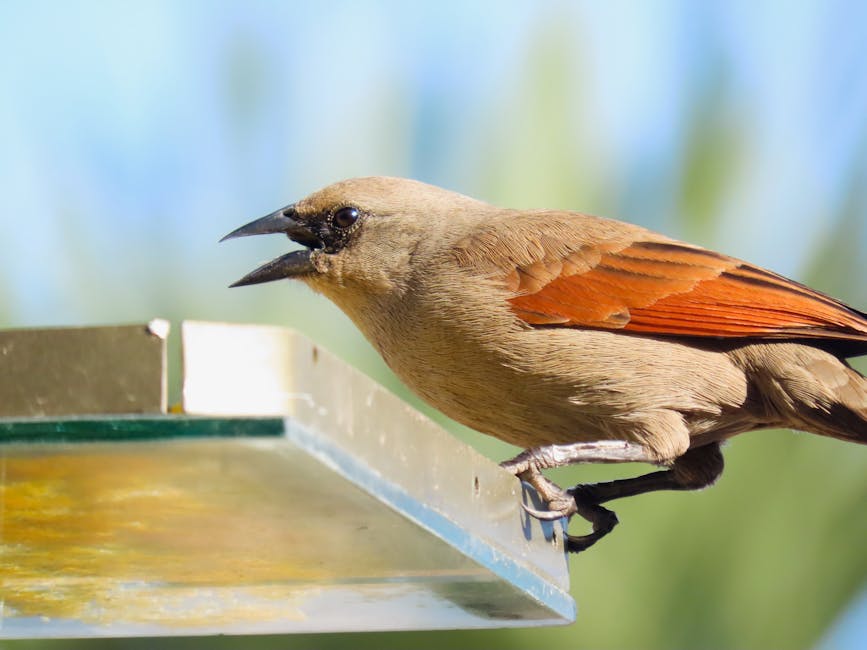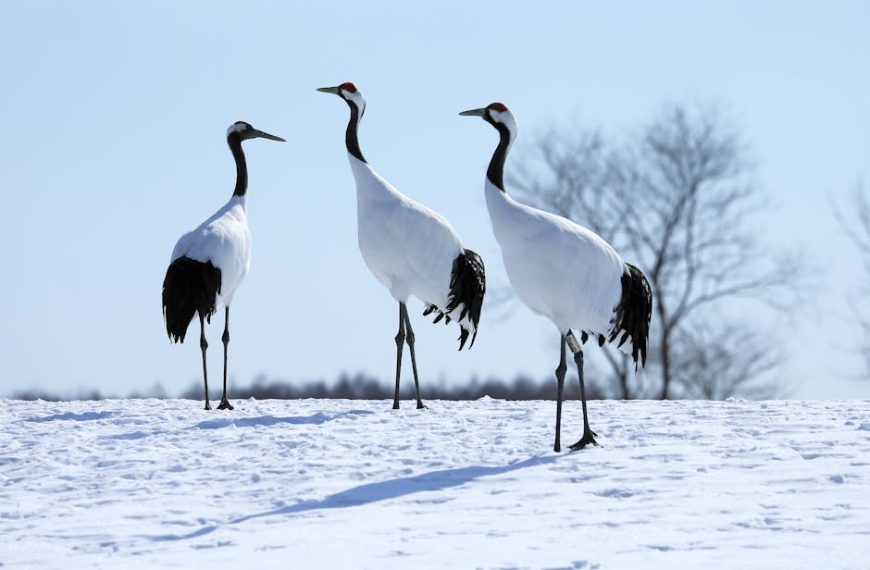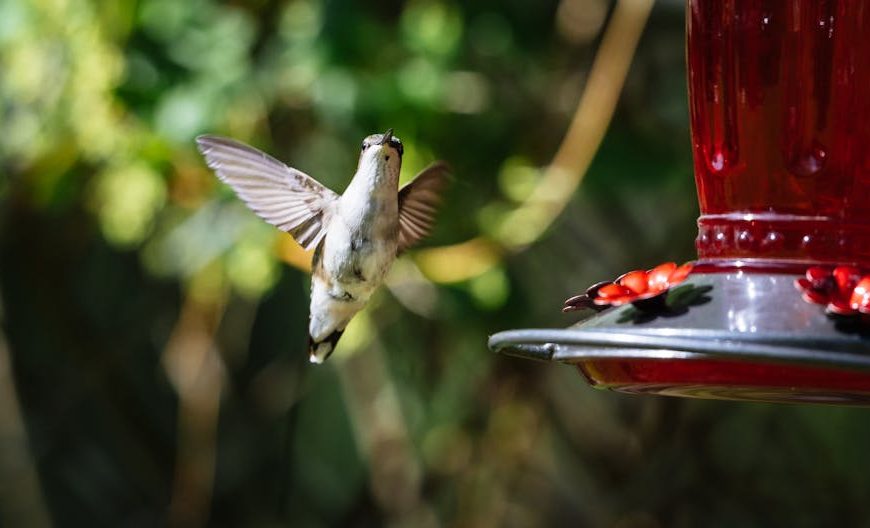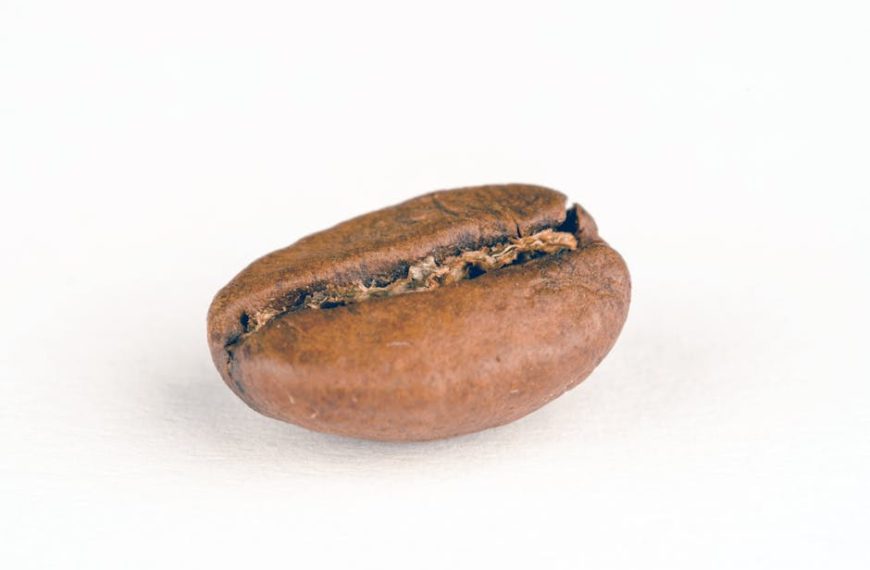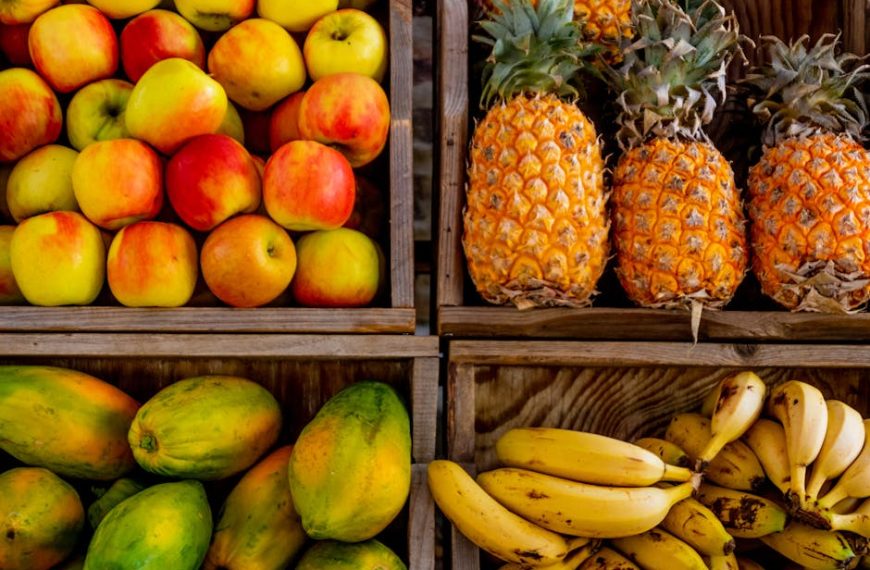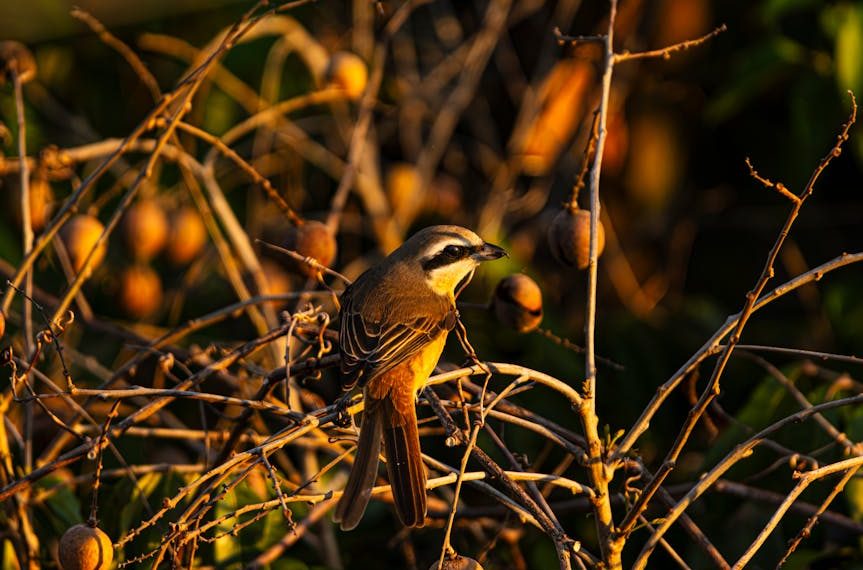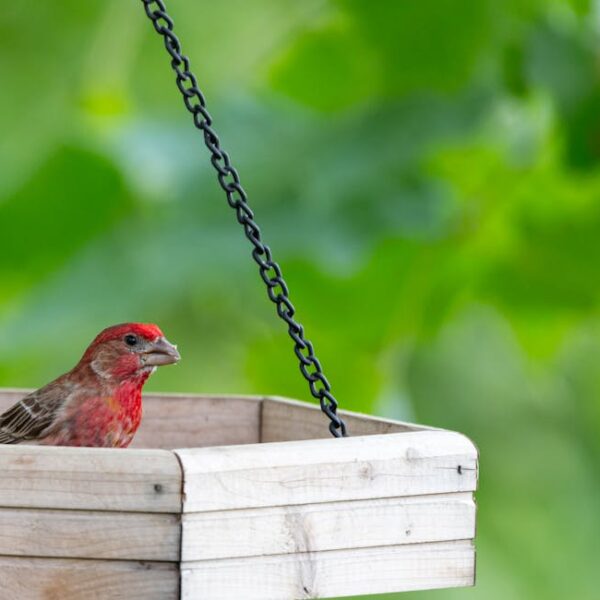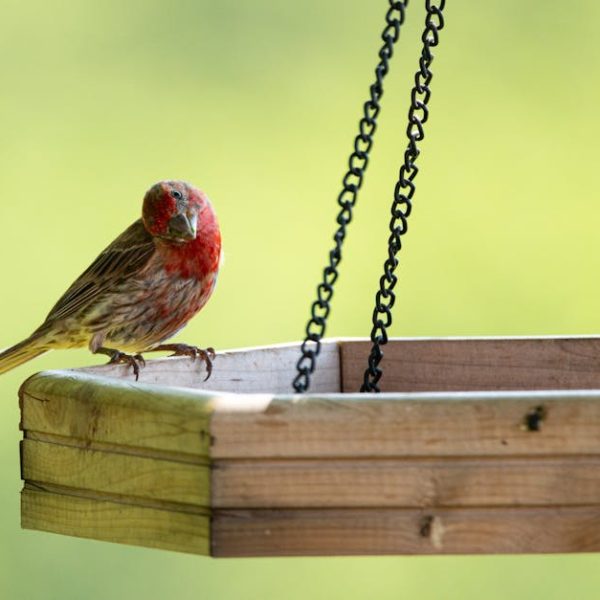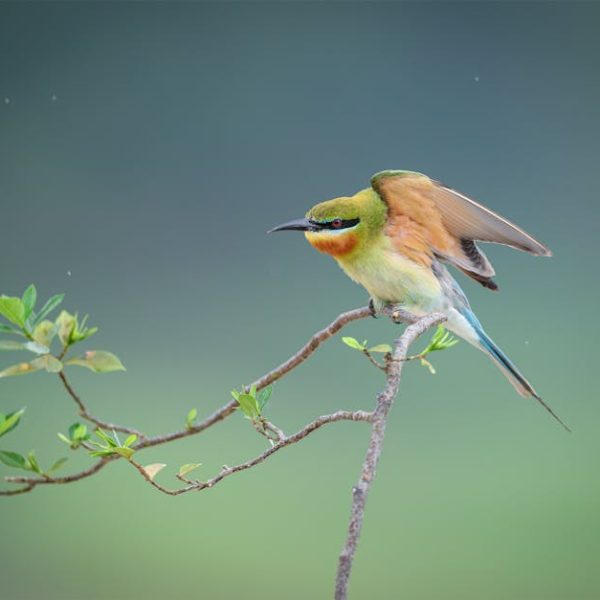Understanding Bird Attraction to Bird Feeders
Bird feeders serve as a magnet for birds, providing a reliable source of sustenance. However, the time it takes for our feathery friends to find your feeder depends on numerous factors. From the vicinity of the birds to the type of seeds you offer, every detail matters. Even the most visible bird feeder may stay undiscovered if placed in a wrong spot or filled with unappetizing food.
- Placement: Birds need to feel safe while feeding. Hence, your feeder should be placed close to shrubs or trees that offer quick refuge from predators.
- Type of Feed: Different types of birds prefer different types of feed. The greater the variety of feed you offer, the larger the variety of birds you’ll attract.
- Local Bird Species: Your local climate and ecosystem will also dictate which birds you might attract. Some birds might not be native to your area, making it impossible to attract them regardless of your efforts.
Pro-tip: Predicting bird behavior can be quite tricky. Be patient and ensure regular maintenance of your feeder.
Choosing the Right Location for Your Bird Feeder
While the presence of a feeder will eventually draw birds into your backyard, its location will determine how swiftly this happens. A well-situated feeder not only makes the feeding station easy to discover but also ensures an enjoyable and safe dining experience for the birds.
Best location practices include:
- Positioning the feeder near shrubs or trees to provide cover for birds from predators.
- Locating the feeder away from high-traffic areas of your yard to reduce disturbances to feeding birds.
- Feeder should be at a height of about 10 feet above the ground to make it visible and easily accessible.
Pro-tip: Change your bird feeder location periodically. This helps you experiment with better spots and also attracts a wider variety of birds.
Selecting the Proper Bird Food
The choice of bird food significantly impacts the variety and number of birds you attract. Different species have different diet preferences, and understanding this is the key to successful bird feeding.
- Seeds, such as Sunflower and Safflower seeds, are usually popular with numerous bird species.
- Some birds, like Orioles and Hummingbirds, prefer nectar rather than seeds. Thus, having a blend of food options increases the attractiveness of your feeder.
Pro-tip: Offer a variety of food to cater to different bird species. An assorted menu not only attracts a wider variety but also ensures a constant supply of bird visitors.
Optimizing Your Bird Feeder Over Time
Birds are meticulous, and a well-maintained bird feeder often results in more frequent visits. Observing the behavior patterns of your bird visitors will help you optimize your bird feeder for better results.
- Simple actions such as cleaning the feeder regularly and keeping the area surrounding the feeder tidy encourage frequent visits.
- Adjustments might be required based on observations. For instance, if a certain type of bird food remains uneaten, there’s a chance that those bird species are not in your vicinity.
Pro-tip: Adapt your bird feeding strategies with seasons. Certain types of birds might only visit during specific seasons.
To be continued…
Common Challenges and Solutions in Attracting Birds to Your Feeder
Bird feeding can be unpredictable and sometimes, despite our best efforts, birds may be reluctant to visit. Don’t worry, problems like these are not uncommon and usually have simple solutions.
Here are a few common challenges and their solutions:
- Bird feeder is new: Birds are careful creatures and it might take some time for them to trust a new object in their habitat. Patience is key!
- The feeder is empty or unclean: Ensure regular cleaning and refilling of your bird feeder. An empty or dirty feeder will put off birds.
- Predators: Cats or other predators nearby can scare away birds. Make sure your feeder is placed in a safe distance from places where such predators might lurk.
Pro-tip: If your feeder is not attracting birds, try changing the bird food or the location of the feeder.
Maintaining a Predator-Free Bird Feeder
The presence of predators deters birds from visiting your bird feeder. It’s important to take measures to protect your feathery guests and their feeding station.
Here’s a checklist to maintain a predator-free bird feeder:
- Install predator guards or baffles on bird feeder poles. These stop predators like squirrels or raccoons from climbing the pole.
- Keep bird feeders at least 15 feet away from trees or structures from which a cat could jump.
- For ground feeding birds, spread food in open areas where birds can spot approaching cats.
Pro-tip: Periodically check and trim large branches near your feeder that could provide access to predators!
Following these tips and best practices will ensure that your bird feeder becomes a favorite spot for various bird species in no time. Remember, patience and observation are crucial components of successful bird feeding. Happy bird feeding!
Key Takeaway:
- The attraction of birds to a feeder relies heavily on the feeder’s placement, the type of feed, and the local bird species.
- Strategically choosing and periodically changing the location of the bird feeder can result in attracting a variety of bird species.
- Different bird species prefer different types of feed; therefore, maintaining a variety of food can attract a greater number of species.
- Regular cleaning, observation of bird behavior, and periodic adjustments based on these observations speed up the process of attracting birds to the feeder.
- Common obstacles to attracting birds include new feeder distrust and the presence of predators but can be overcome with patience and strategic feeder placement and maintenance.
By embracing patience and engaging your curiosity and observation skills, you’ll not only attract a greater variety of local birds to your feeder but also gain an enriching and immersive experience in bird behavior and habits. Enjoy the process and the feathered friends you’ll meet along the way!
FAQs
Q: What’s the typical time frame for attracting birds to a new feeder?
A: It usually varies depending on different factors, but typically, birds might start visiting a new feeder within one to two weeks.
Q: Does changing the type of bird food affect the bird’s attraction towards a feeder?
A: Yes, different bird species are attracted to different types of food. Rotating between a variety of bird food can attract greater bird diversity.
Q: Is the height of the bird feeder critical in attracting birds?
A: Yes, birds also need to feel safe while feeding. Placing the feeder around 10 feet above ground level, near shrubs or trees for quick refuge, is therefore ideal.
Q: Can bird feeders attract unwanted pests?
A: Yes, they can. Regular cleaning and proper placement can mitigate this problem. Also consider installing predator guards to keep pests like squirrels away.
Q: Will birds return if they find the feeder empty?
A: While birds might explore other areas for food, maintaining a consistent supply encourages them to return regularly. An empty feeder can delay the bird’s attraction process.
Please share this post with others who might find it helpful and feel free to explore more of our valuable content.
